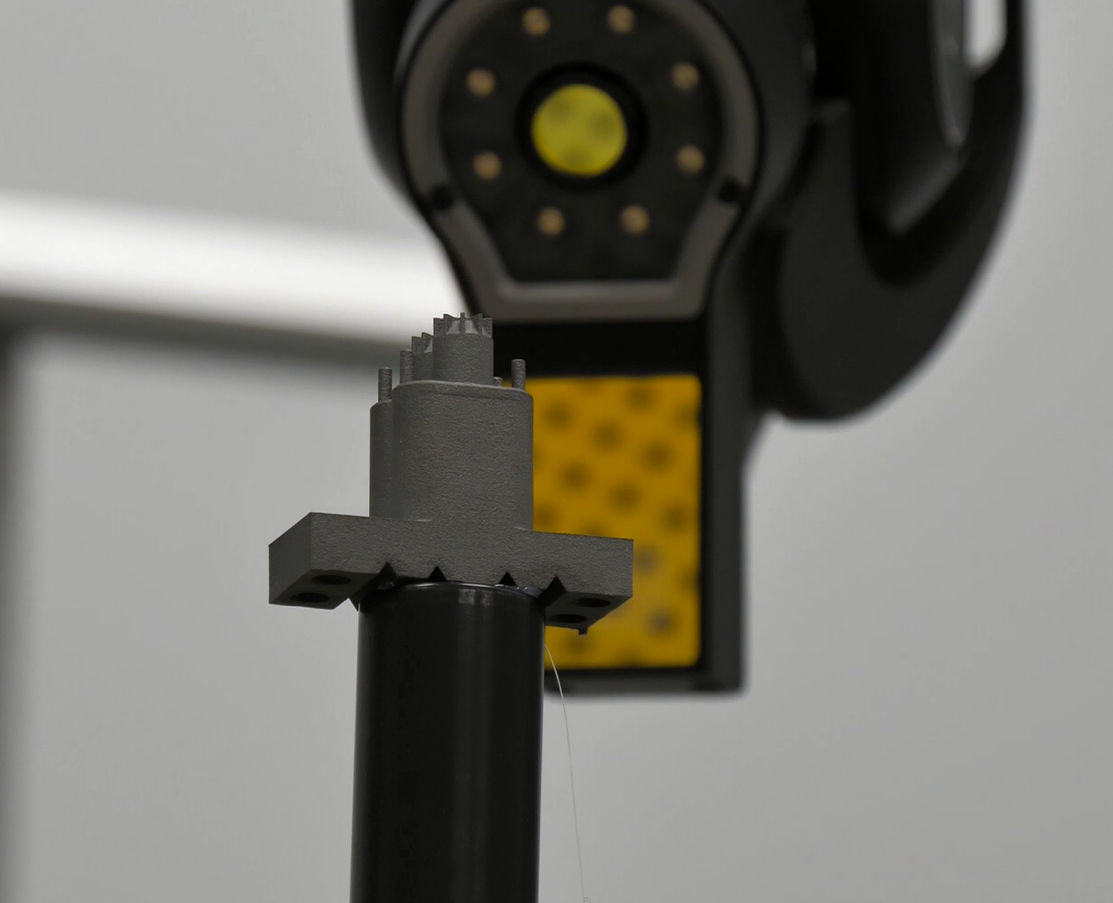
Additive manufacturing (AM) specialist Renishaw has developed a titanium nozzle used to produce nanofiber for a Canadian polymer manufacturer.
BIG-nano has developed a fine liquid blowing technique used to make nanofiber for personal protective equipment (PPE). The technique streams high-velocity gas through a needle, while a polymer liquid solution is simultaneously accelerated to the tip of the same nozzle. The two streams interact, bringing the polymer from molten to fiber state producing a poly (vinyl alcohol) nonwoven fibre mat. It made use of a RenAM 500Q system to build a titanium nozzle for the liquid blowing process, capable of producing N99 quality fabric. The nozzle consists of a compressor system, which heats the air, and an extruder, which melts the polymer. That polymer is then brought into the extruder to meet the heated gas.
According to Renishaw, the nozzle had to be able to sustain substantial pressure and temperature changes. BIG-nano also required scalability, easy maintenance and consistent quality, the company said.
‘We couldn’t take the original design for the machine and build it using AM directly. It was too large and consisted of numerous large blocks of metal that could more easily be machined,’ said
Carl Hamann, additive applications specialist at Renishaw. ‘Instead, we selected components that would bring the most benefit and redesigned them for the AM process. This led us to change the design of the machine to a modular one that can be disassembled and refitted with AM parts indefinitely.
‘In order to go rapidly from one iteration to the next, we tested components with aluminium prototypes. This allowed us to design, produce, test and improve three iterations in just three weeks,’ he added. ‘This introduced some new challenges as aluminium is more susceptible to thermal expansion than titanium. Cycling of cold and hot temperatures took its toll on the tool, but fortunately rapid prototyping allowed us to find better ways of cycling the polymer and gas.’
This story uses material from Renishaw, with editorial changes made by Materials Today. The views expressed in this article do not necessarily represent those of Elsevier.






